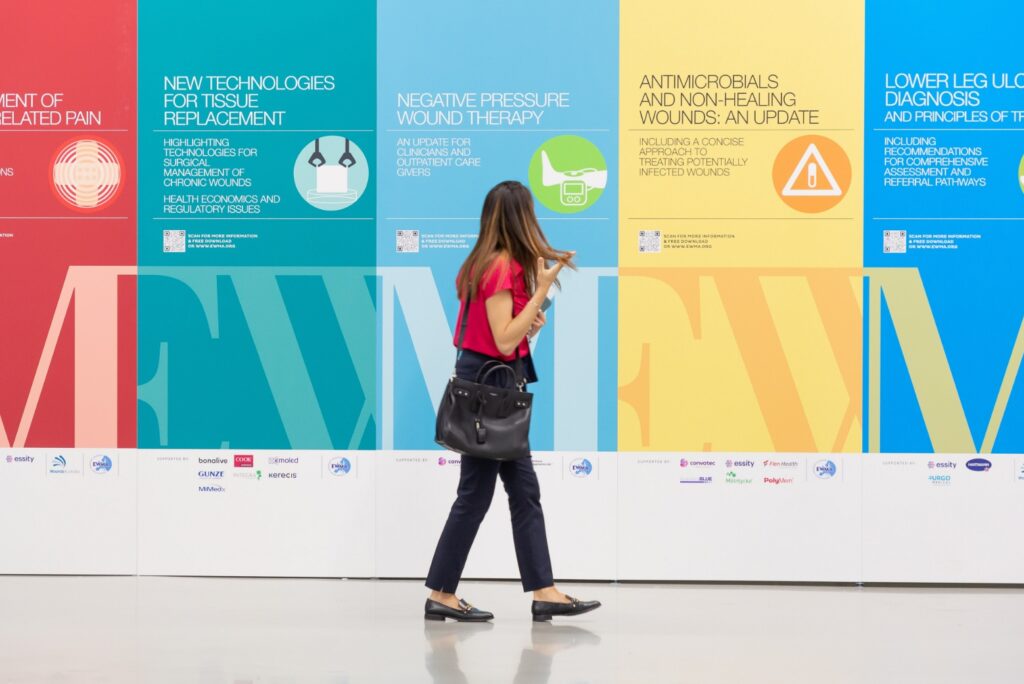Providing modern Wound dressings, with little means
Basic wound care for non-medics (algorithm)
The algorithm includes guidance on how to prepare before wound care and to perform:
The recommendation first and foremost targets non-professional caregivers and health care professionals without wound expertise.
Patient Algorithm For Pressure Ulcer Self-assessment
This algorithm defines the steps of a pressure ulcer risk assessment and the needed prevention and care.
Water Disinfection – practical recommendations for resource-limited settings
Clean and clear water is very important for the treatment of most wounds. Soaking the dressing with water will make it easier to remove.Washing wounds (both acute and chronic) will help clean them from debris but also germs. When no cleansing solution is available, simple tap water is enough.
If you have no access to such water, here are a few tips to obtain reasonably clear and safe water.
Wound disinfectants – practical recommendations for resource-limited settings
Remember that clean and clear water, used in great quantity to rinse a wound, is often enough to keep them clean and prevent infection. However, in some cases, especially if there are infectious signs, the use of a disinfectant can be required.
Here are guidelines for alternative homemade disinfectants helpful in a resource-limited setting.
Thermal burns – practical recommendation for resource-limited setting
Thermal burns are a quite frequent cause of wounds. They result from exposure to excessive heat sources. Among them, fire, boiling water, steam and other hot gazes and metal in fusion.
Here are a few practical recommendations on treatment.
Frostbites – treatment and prevention in resource-limited setting
Frostbites are common in cold climate and mainly affect extremities (hands, feet, nose, ears). They are secondary to both direct action of cold (freezing tissues, water crystals formation) and reactive (vasoconstriction).
As usual, prevention is important. Here are a few tips.
Join more than 30,000 international colleagues!

European Wound Management Association
© All Rights Reserved 2025